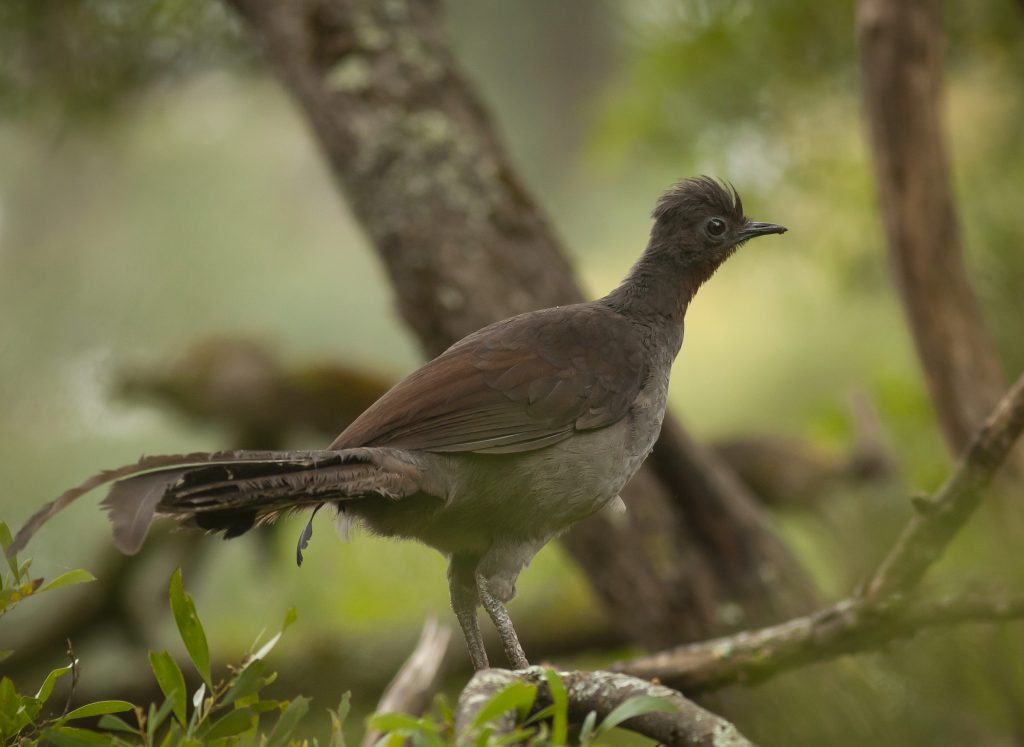
Penguins Mouth : Discover the Mesmerizing Secrets of their Powerful Beaks!
Penguins have a mouth located near the lower part of their beak, which is used for eating and catching prey. Their diet mainly consists of fish and squid, and their mouth is adapted for swallowing whole prey.
Introduction (120 words): Penguins are fascinating creatures that have captured the imagination of people worldwide. These flightless birds are known for their unique adaptations to life in the harsh Antarctic region. Among the many remarkable features of penguins, their mouths play a crucial role in their survival.
Situated near the lower part of their beak, the penguins’ mouth serves as a formidable tool for catching and consuming their prey. These carnivorous birds primarily feed on fish and squid, and their mouths have evolved specifically for this purpose. With streamlined bodies and efficient swimming abilities, penguins are well-equipped to thrive in their icy habitat. We will delve deeper into the intricate details of penguins’ mouths and explore the fascinating ways in which they contribute to the survival of these remarkable creatures.
1. Evolutionary Masterpiece
Penguins possess an evolutionary masterpiece in the form of their mouth. Their unique adaptability to extreme environments has led to remarkable changes in their beak structure. These changes allow them to thrive in various habitats, from icy polar regions to more temperate climates.
The evolution of their beak has enabled them to efficiently catch and consume their preferred prey, whether it be fish, krill, or squid. With their sharp, serrated bills, penguins can grasp and secure their slippery meals. Additionally, their beaks also aid in regulating body temperature, as they can release excess heat through specialized blood vessels in their mouths.
This incredible evolution showcases the remarkable adaptability of these fascinating creatures, allowing them to survive and thrive in some of the harshest environments on Earth.

Credit: issuu.com
2. Strength And Versatility
Penguins possess an incredible amount of strength in their beaks, which is truly remarkable. These beaks are perfectly adapted for various purposes, including hunting and feeding. The strength of a penguin’s beak allows it to catch and hold onto slippery prey, such as fish and squid.
Furthermore, it enables them to break through tough shells of crustaceans and mollusks, which are common in their diet. In addition to their strength, penguins’ beaks are also versatile tools. They use them not only for capturing prey but also for grooming, building nests, and even defending themselves against predators.
This adaptability showcases the true versatility of penguins and their beaks, demonstrating the remarkable capabilities of these unique creatures in their natural habitats. Their beaks truly exemplify the power and versatility of the penguin species.
3. Communication And Social Dynamics
Penguins use vocalizations to communicate within their society and establish social dynamics. These vocalizations play a crucial role in their daily interactions. From calling for mates to recognizing their offspring, penguins rely on various distinct vocal cues. Beak displays and gestures also serve as vital communication tools.
By positioning their beaks in certain ways and using specific gestures, penguins can convey messages to one another. These gestures can indicate aggression, courtship, or submission. Through these vocalizations and physical expressions, penguins establish their social hierarchies and maintain cohesive relationships within their colonies.
Understanding penguin communication allows researchers and enthusiasts to gain valuable insights into their behavior and social structure. By studying these fascinating creatures, we can continue to unravel the intricacies of their communication system and its contribution to their overall species survival.
Conclusion
Penguins’ mouths play a crucial role in their survival, allowing them to adapt and thrive in their icy environments. Their unique beak shape and specialized tongue muscles enable efficient feeding and filtering of their prey. By hunting and consuming fish, krill, and squid, penguins maintain their energy levels and support their reproductive needs.
These incredible creatures have evolved over time to perfect their feeding strategies, ensuring their survival in the harsh Antarctic conditions. The diversity in penguins’ beak sizes and shapes showcases their remarkable adaptation to their specific habitats and food sources. Understanding the intricacies of penguins’ mouths not only gives us a glimpse into the fascinating world of these birds but also highlights the importance of preserving their habitats.
As climate change continues to affect our planet, it is crucial to protect these delicate ecosystems to ensure the continued existence of penguins and their unique mouth structures. By raising awareness and taking action, we can contribute to the conservation efforts that safeguard these incredible creatures and their marvelous mouths for generations to come.







